PEOPLE
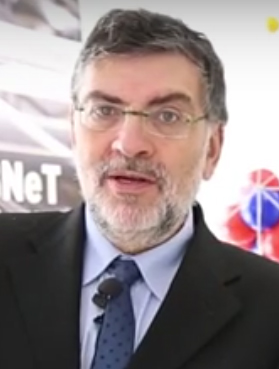
EUROPE BETS
ON THE KM3NET SUBMARINE NEUTRINO TELESCOPE
Interview with Giacomo Cuttone, director of the INFN National Laboratories of the South
The KM3NeT project in which INFN plays an important role with its National Laboratories of the South, has been selected as part of the 2016 ESFRI (European Strategy Forum for Research Infrastructures) Roadmap. KM3NeT is a project for the construction of a submarine neutrino detector in the Mediterranean Sea, which will have as its scientific objectives the study of astrophysical sources of cosmic neutrinos, determination of the mass of the neutrino and creation of new opportunities for synergistic research in marine and environmental studies. The project envisages a research infrastructure distributed among three deep-sea sites: off Portopalo di Capo Passero in Sicily (Italy), Toulon (France) and Pylos (Greece). The preparatory phase of the experiment ended in December 2015 when the Capo Passero site concluded sea laying and land connection operations of the first KM3NeT string.
Inclusion of the KM3NeT project in the ESFRI Roadmap was announced on 10 March during the launch event of the roadmap 2016. A result based on a history of frontier research started many years ago. Could you tell us about the most salient points?
NEWS
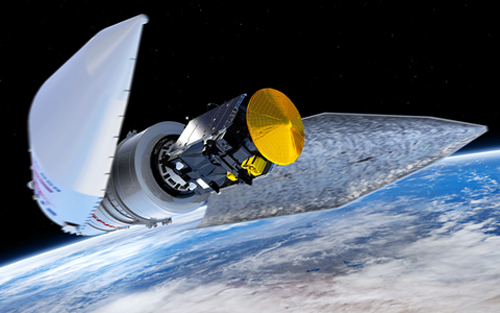
SPACE
EXOMARS, EUROPEAN MISSION TO MARS GETS UNDERWAY
The ExoMars (Exobiology on Mars) robotic mission, implemented by the European Space Agency (ESA) in cooperation with the Russian agency Roscosmos, has left from the Baikonur Cosmodrome, in the steppes of Kazakhstan, bound for the Red Planet to search under the surface for any signs of Martian life, past or present. ...
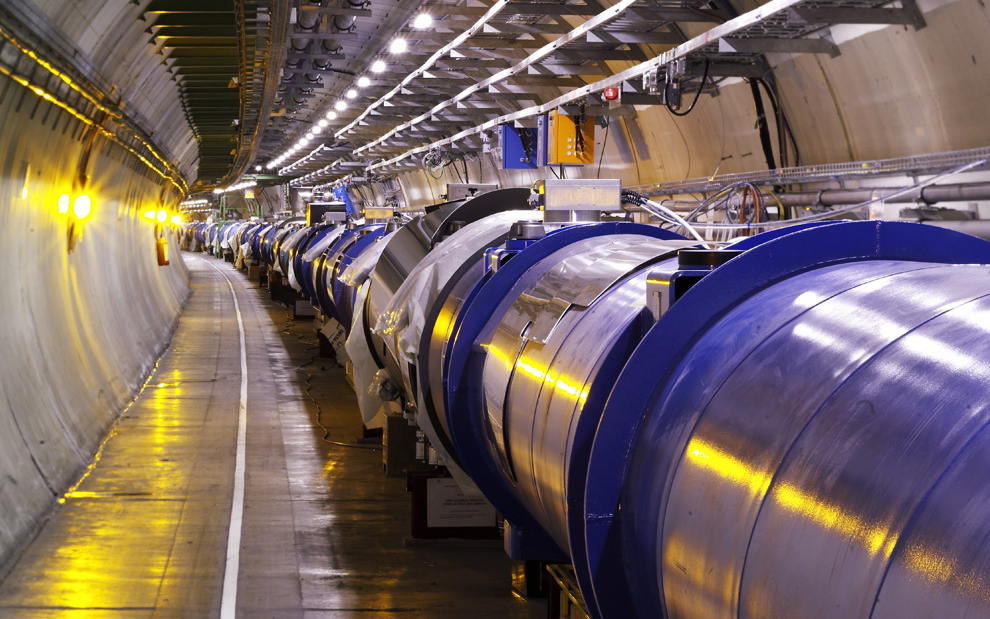
RESEARCH
A NEW PHASE FOR PROTON BEAMS
AT THE LHC
LHC has started up again. On 25 March 2016, after the usual winter technical break, which began on 14 December last, at 11:33 the first two proton beams completed their first lap inside the 27 km ring of the CERN super-accelerator in ...
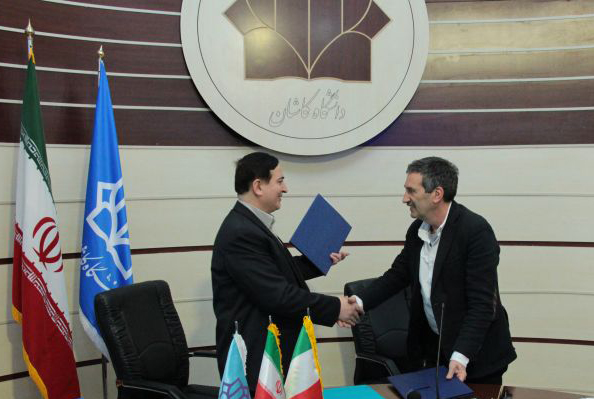
COOPERATION
SCIENTIFIC COOPERATION AGREEMENTS BETWEEN INFN AND IRANIAN RESEARCH INSTITUTES SIGNED
During a series of meetings, which were held in March in Iran, INFN signed five cooperation agreements with the same number of scientific research institutes in the country.
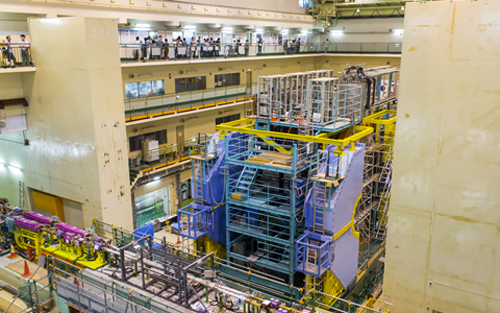
RESEARCH
THE FIRST BEAMS ARE CIRCULATING IN THE SUPERKEKB ACCELERATOR
The first particle beams were injected and stably circulated for the first time in the SuperKEKB accelerator at the KEK laboratory in Tsukuba, Japan. SuperKEKB is the first accelerator for research in fundamental physics to come into operation after the LHC at CERN in Geneva, and has been designed to work at a luminosity never achieved before, as much as forty times greater than that of the most powerful previous generation accelerator. ...

APPLICATIONS
HERITAGE SCIENCE: E-RHIS NET INCLUDED IN THE EUROPEAN STRATEGY FOR RESEARCH INFRASTRUCTURES
Knowledge and preservation of the cultural and natural heritage today have a new ally: E-RIHS, the only European research infrastructure on Heritage Science to be officially included in the ESFRI ...
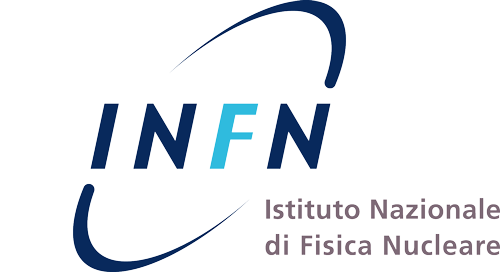

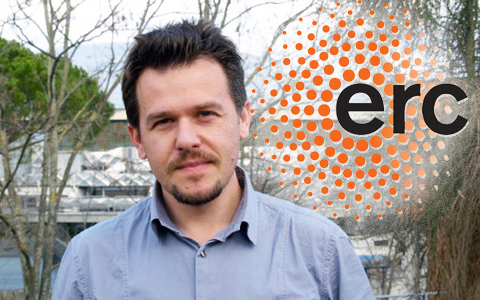 A EUROPEAN ERC GRANT
FOR THE NEW ENUBET NEUTRINO SOURCE
A EUROPEAN ERC GRANT
FOR THE NEW ENUBET NEUTRINO SOURCE